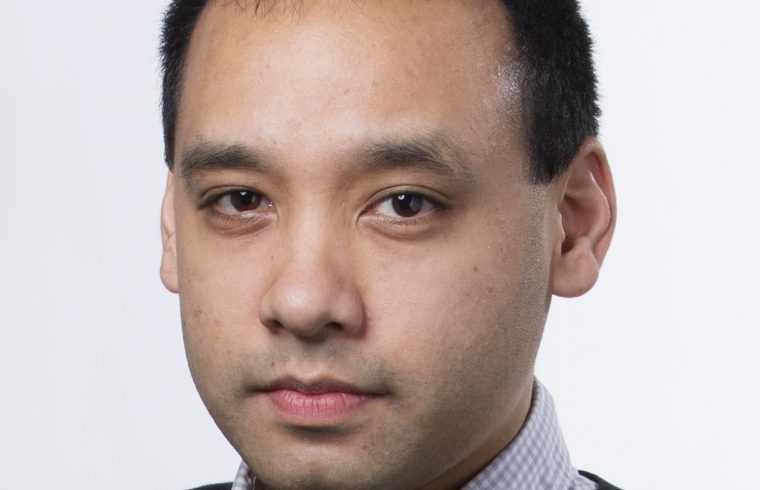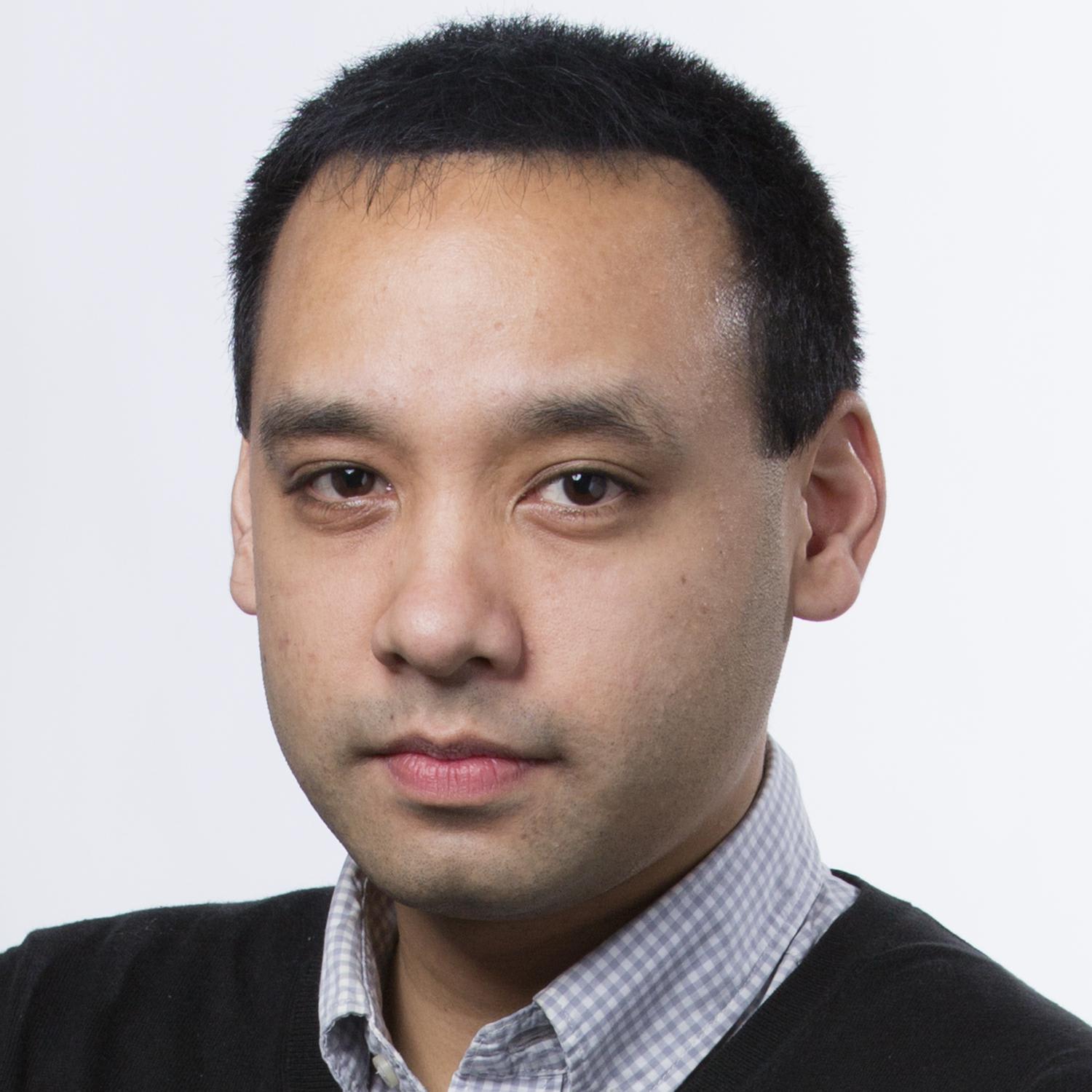The 6.4-magnitude earthquake that jolted Southern California on the Fourth of July and which could be felt from the Pacific Coast to Las Vegas was the area’s biggest temblor in two decades. But it turned out be just a precursor to an even bigger one, a 7.1-magnitude quake that struck at 8:19 p.m. Friday night.
Since then, parts of California have had on average one aftershock per minute, according to the U.S. Geological Survey website.
“Every earthquake makes another earthquake more likely,” Lucy Jones, a seismologist with the California Institute of Technology’s seismology lab, told NBC Los Angeles on Friday. “Yesterday’s 6.4 is now a foreshock, and that 7.1 aftershock has become the main shock.”
The two temblors are the strongest since 1999 and come after a relatively calm stretch of seismic activity in the region. But the faults involved in these quakes were far from the San Andreas, which was the subject of a Hollywood doomsday blockbuster.
Seismologists said after the Thursday quake that its occurrence didn’t move the needle with respect to the “Big One” — shorthand for an earthquake of at least a 7.8 magnitude that would strike along the southern San Andreas Fault, which slices through California like a scar.
“This earthquake does not make the ‘Big One’ any more likely or any less likely,” Jones said at a news conference Thursday.
Still, scenes of people taking cover, objects tumbling off shelves and walls, and roadways cracked have punctuated fears that at any moment, the “Big One” could strike.
Seismologists say the “Big One” would be 125 times stronger than Thursday’s earthquake and 44 times stronger than the 1994 Northridge earthquake, which killed 57 people and caused $49 billion in economic losses.
In a tweet prior to Thursday’s earthquake, Jones said the “real probability” of a monster event is about 2 percent per year or 1/20,000th each day.
It remains difficult for scientists to predict when a massive earthquake could hit, but models have indicated that there is a “small chance” that one the size of the 1906 San Francisco earthquake, of a 7.9 magnitude, could happen in the next 30 years, according to the Geological Survey.
Both earthquakes on Thursday and Friday were the strongest in the region since a 7.1 temblor hit in October 1999, about 32 miles north of the desert community of Joshua Tree.
According to Jones, “there’s about a 1 in 10 chance” that Searles Valley, the epicenter of both earthquakes this week, would soon see another 7-magnitude quake and a “9 in 10 chance” that Friday’s 7.1-magnitude quake was the largest.
People felt the ground rumble on Friday in areas from Sacramento in the north, Las Vegas in the east and Mexico in the south.The quake was felt over a wide area because it was shallow, the Southern California Earthquake Center said.
The epicenter of both shocks was about 10 miles northeast of Ridgecrest, a city of roughly 27,600 people located about 115 miles from downtown Los Angeles. The temblor cracked buildings, set off some gas leakes, wrecked some roads and caused a power outage.
Ridgecrest Police Department Captain Justin Dampier told the Today show on Saturday that “a lot of gas leaks” were initially reported after Friday’s earthquake, but authorities were able to handle those “fairly quickly.”
Dampier said people in the area could expect the power to come back on Saturday, but warned that “when the power comes on, if we have some broken wires, or lamps that are broken but they are still on,” they can cause fires in some homes.
Only minor injuries such as cuts and bruises had been reported as of Saturday afternoon.













